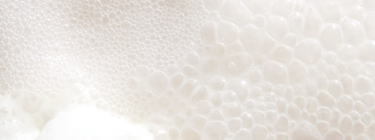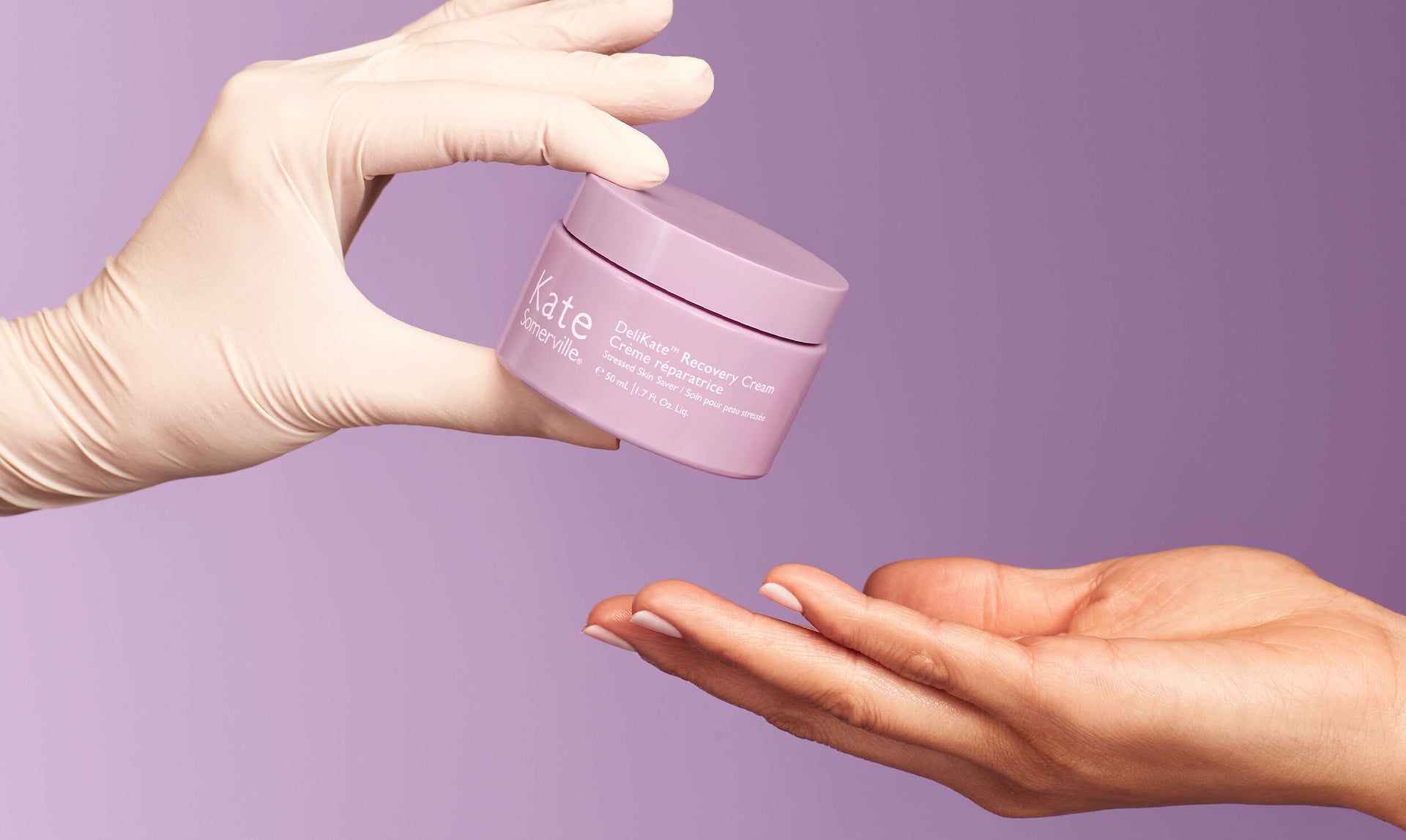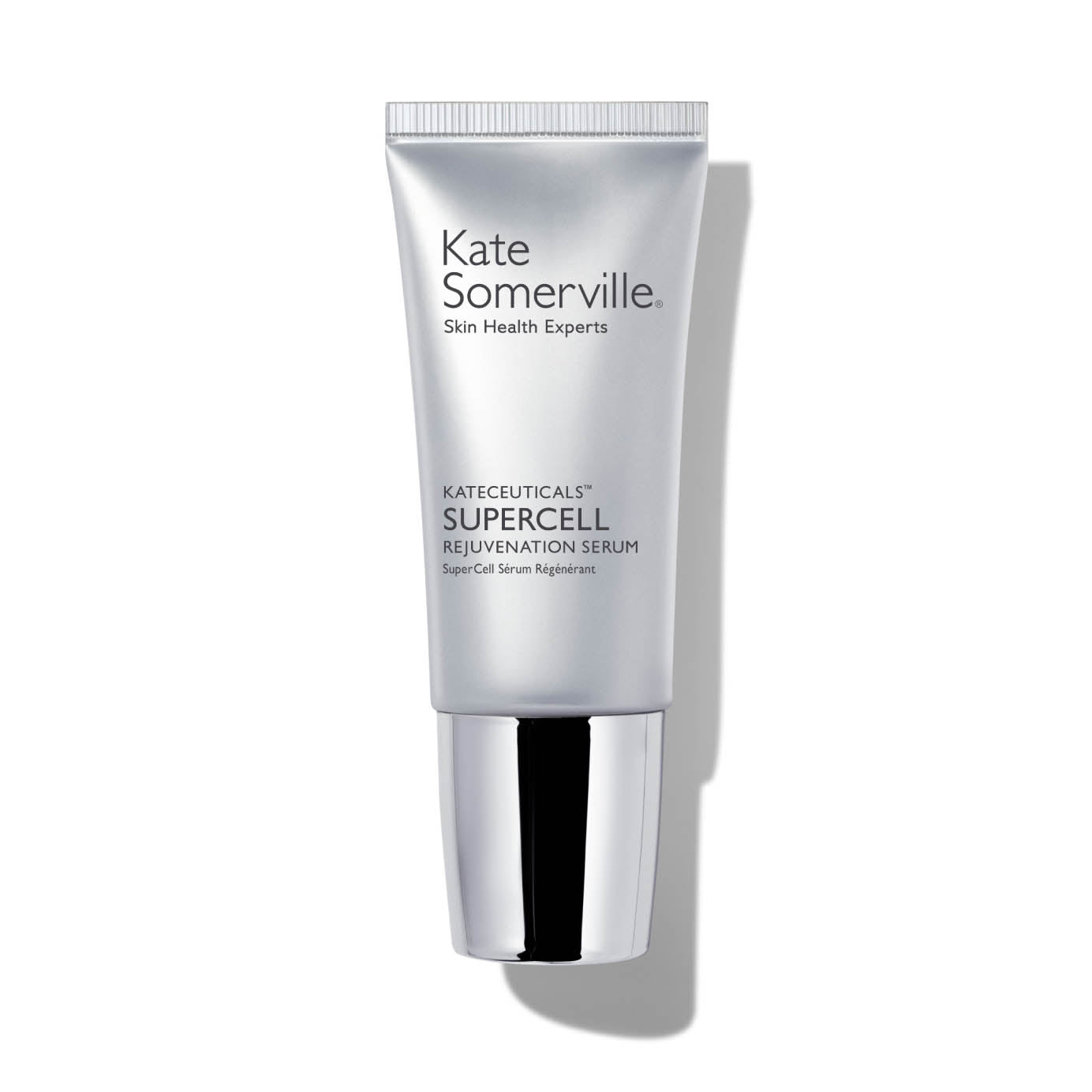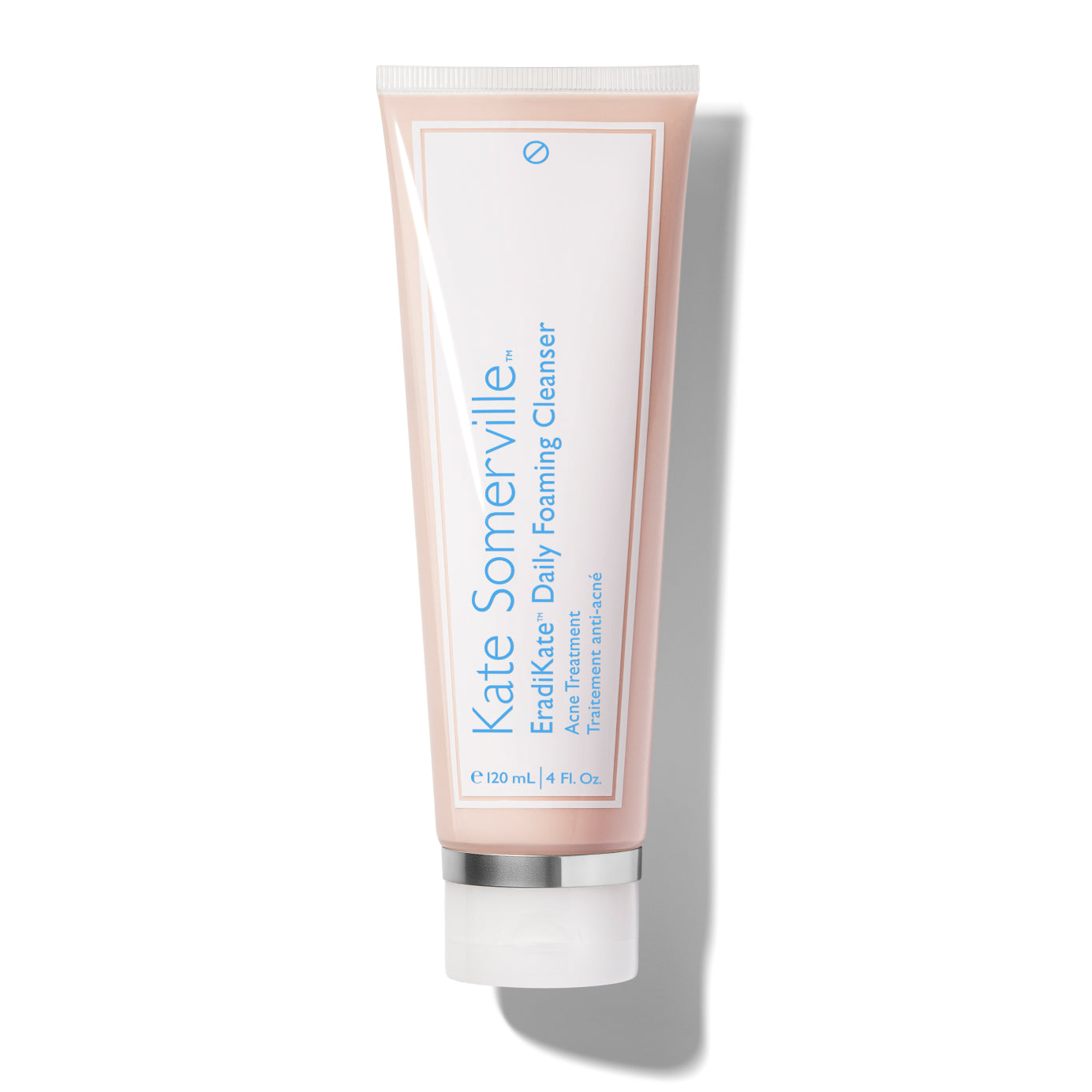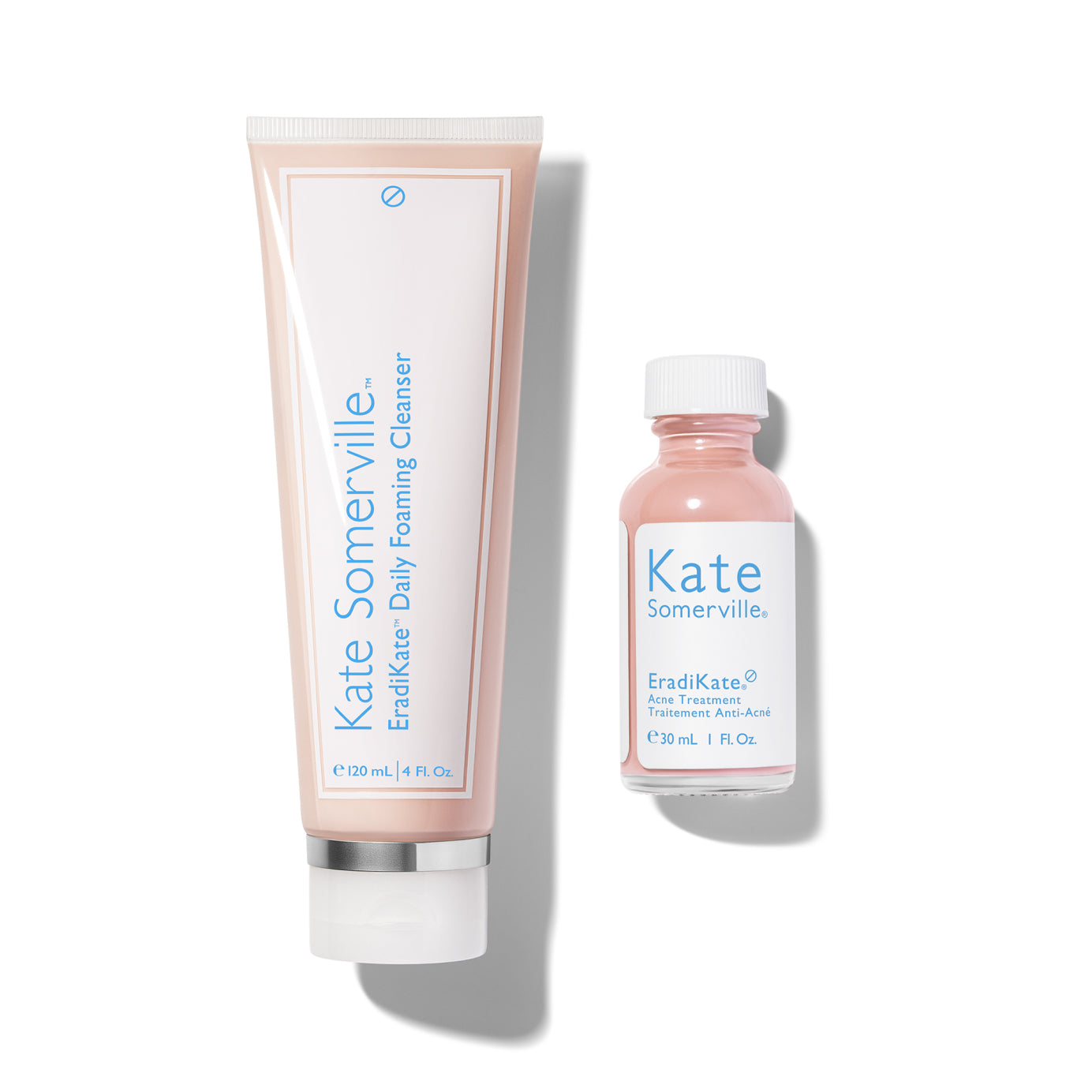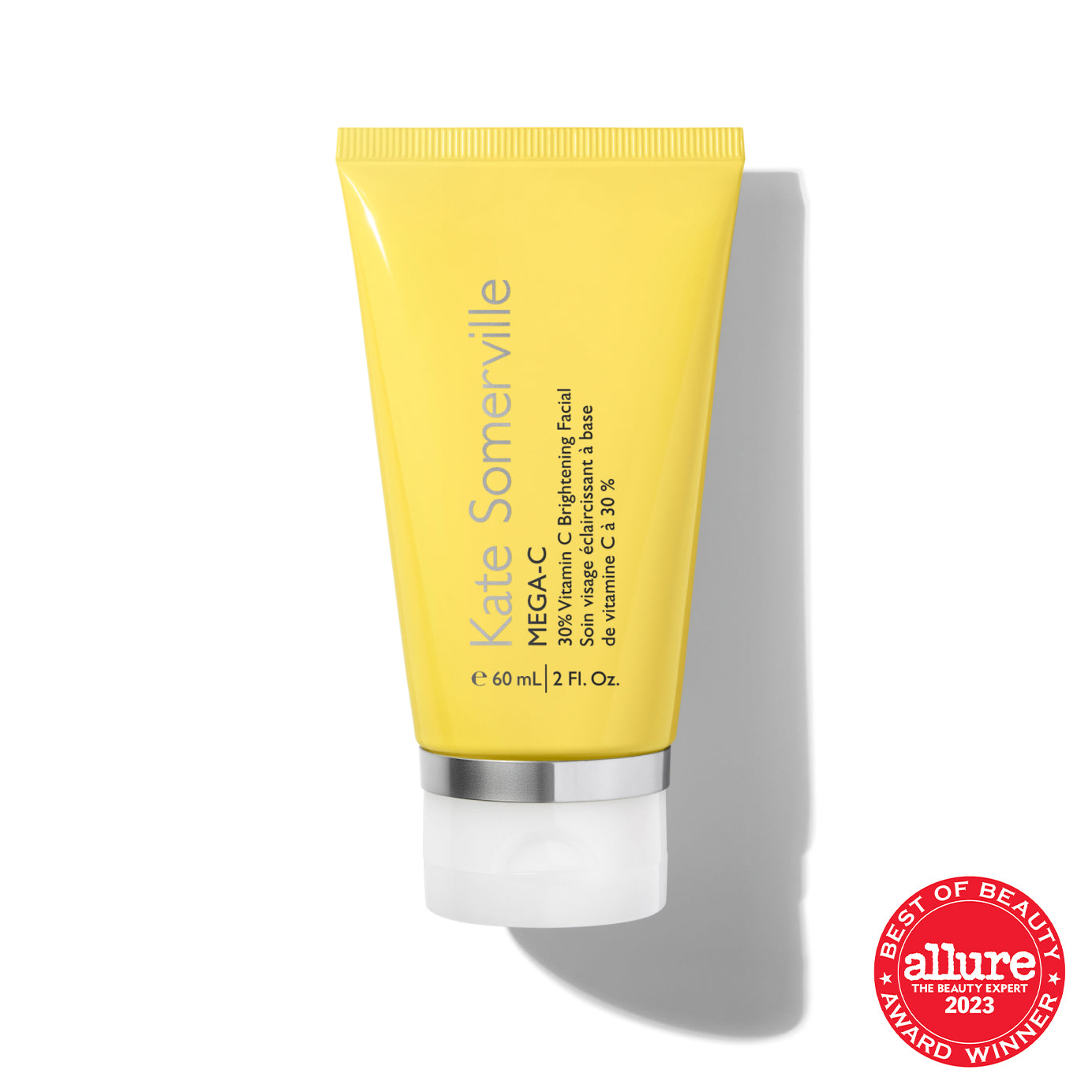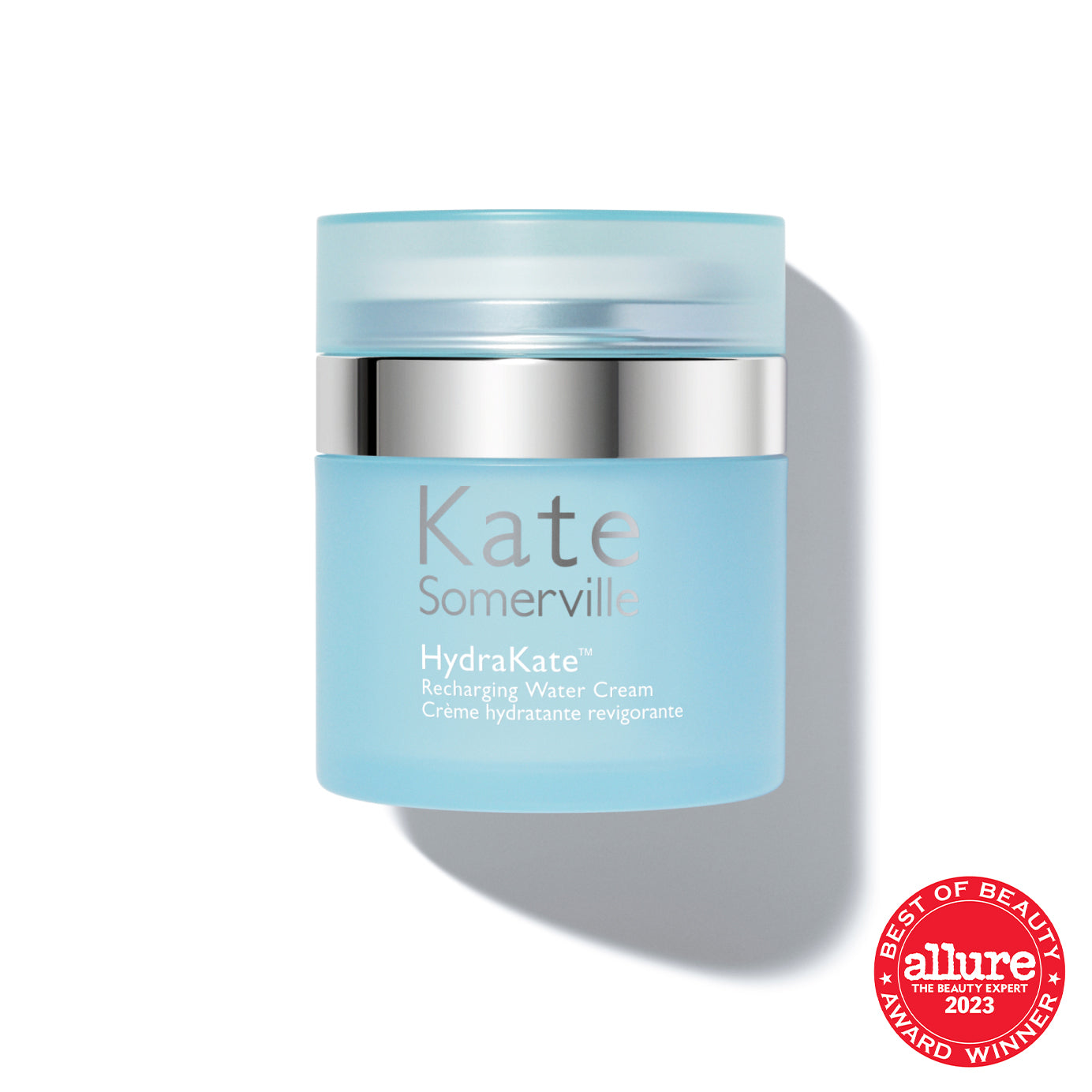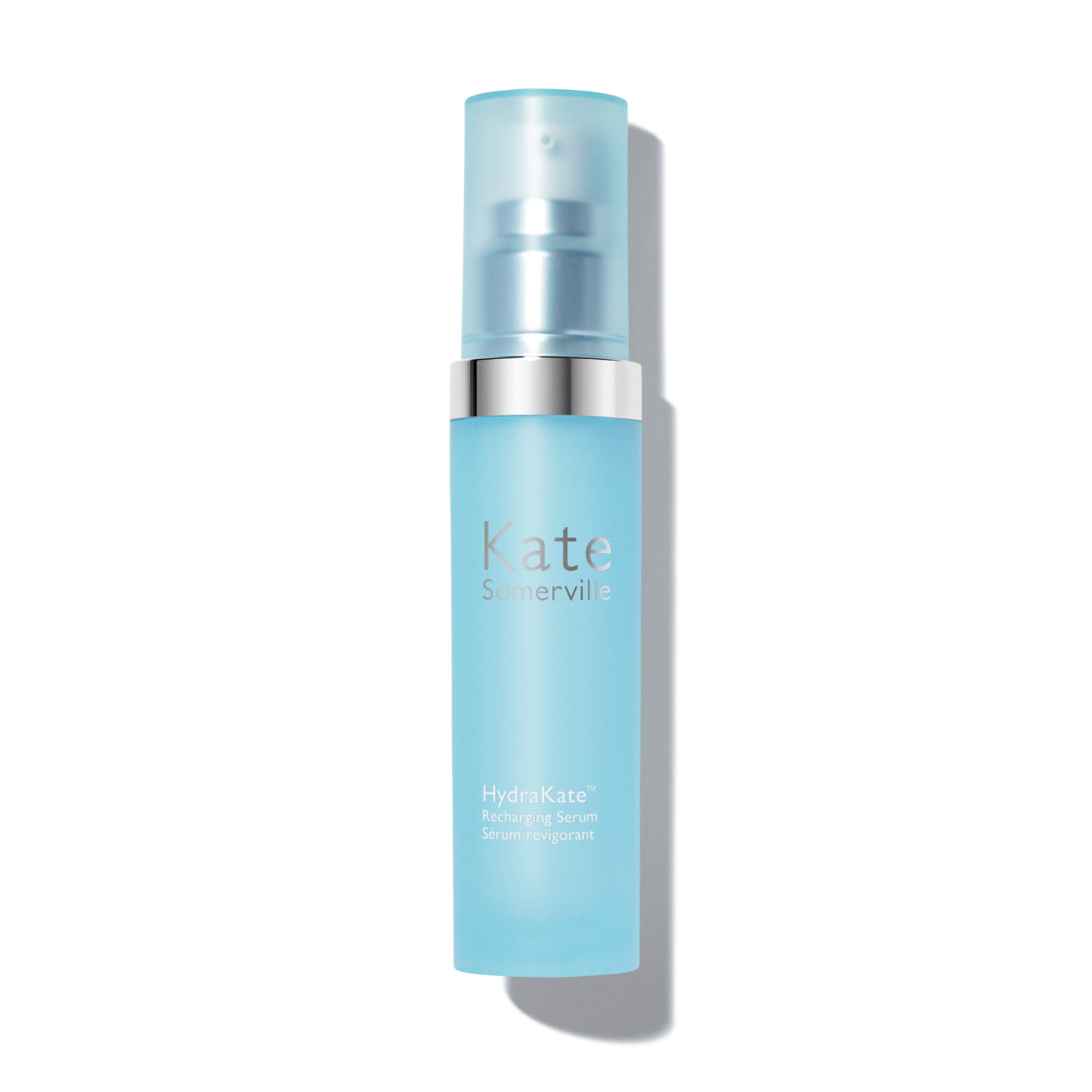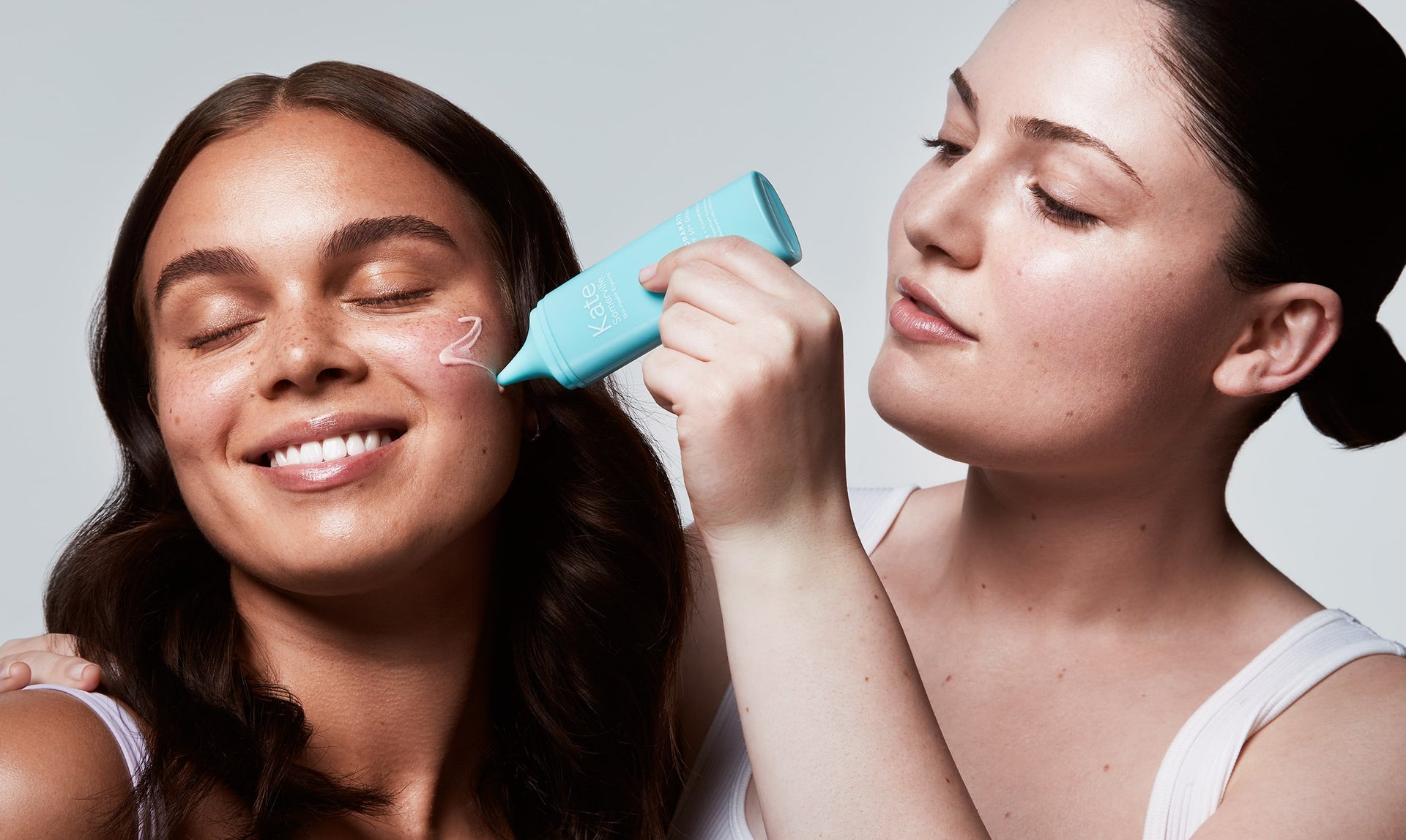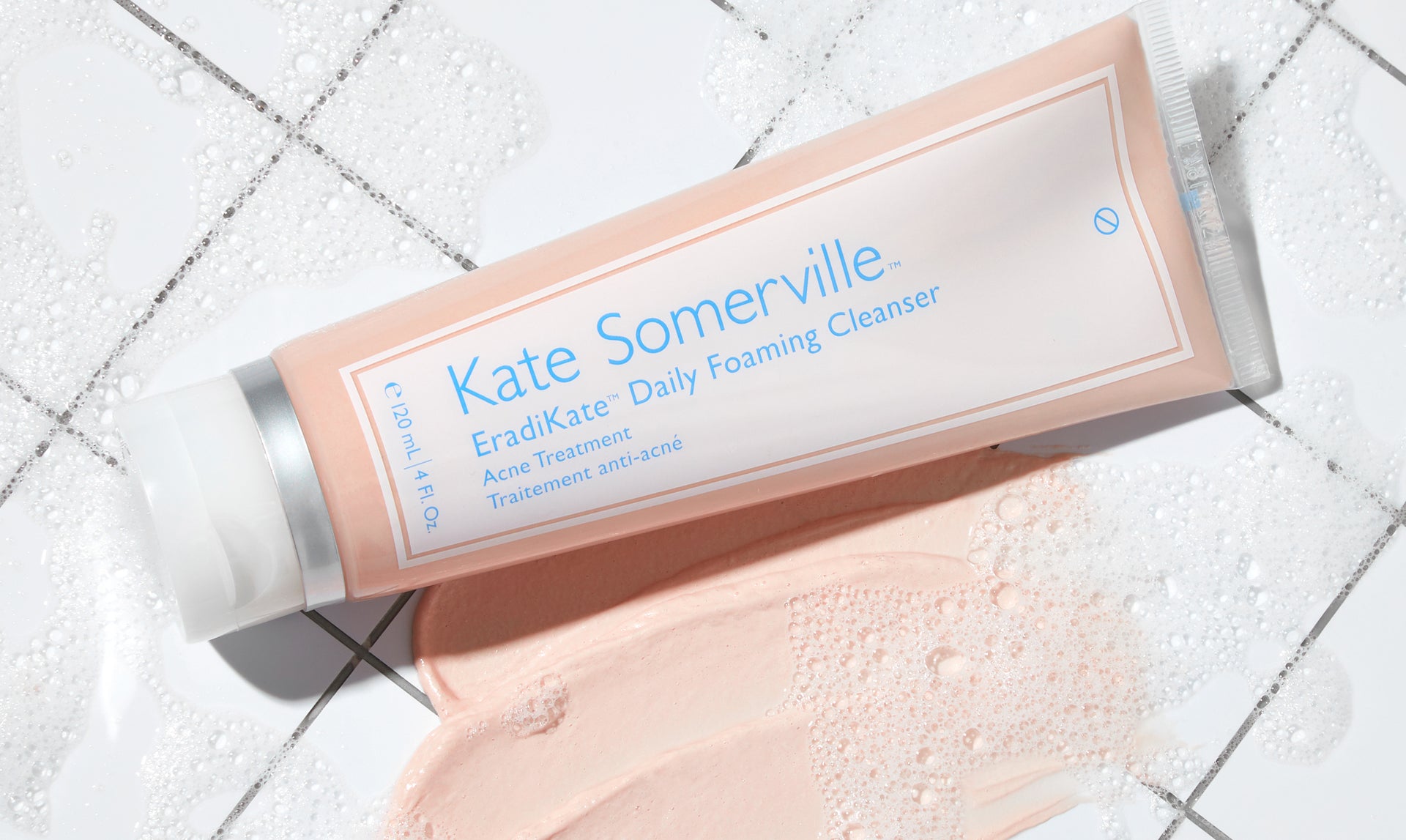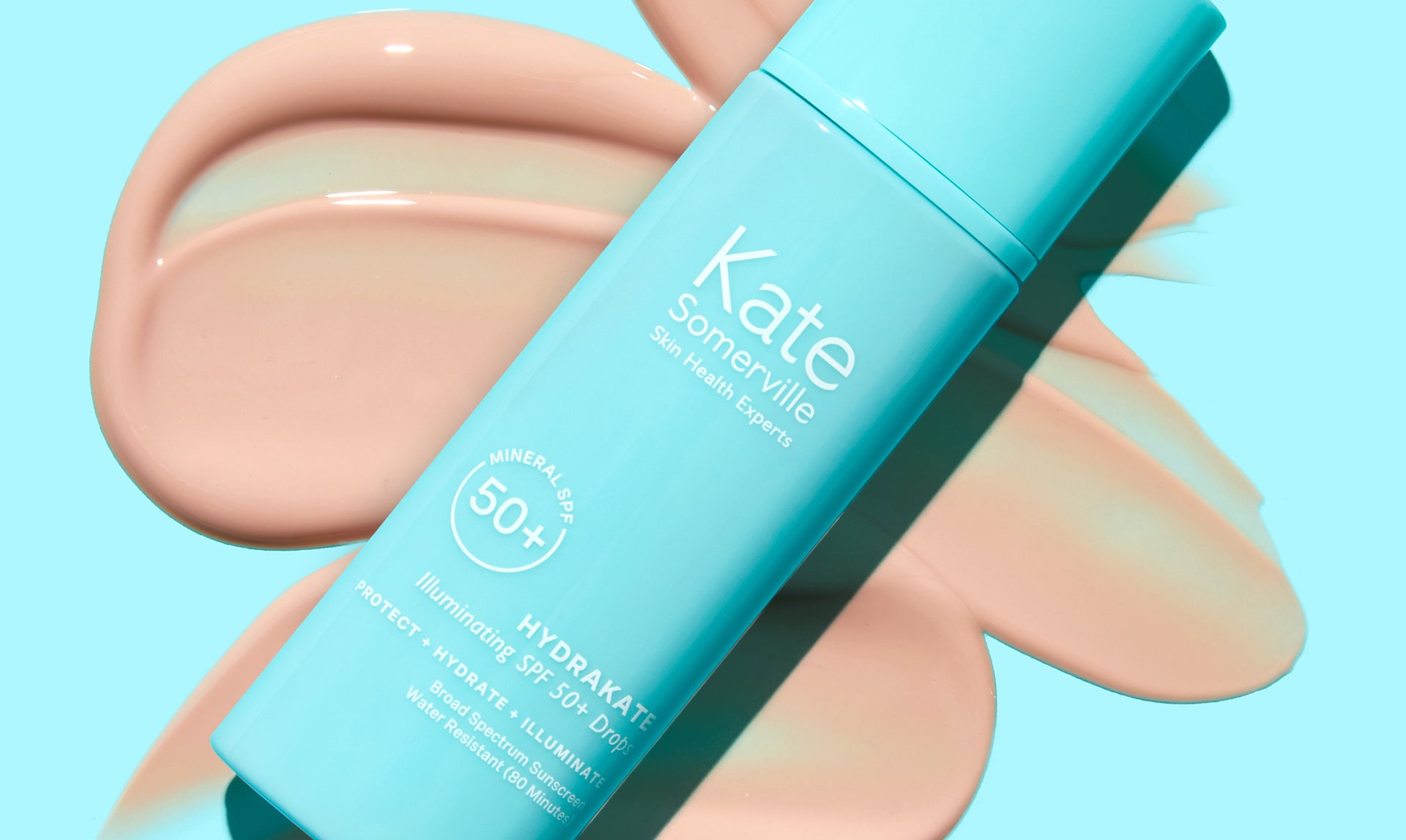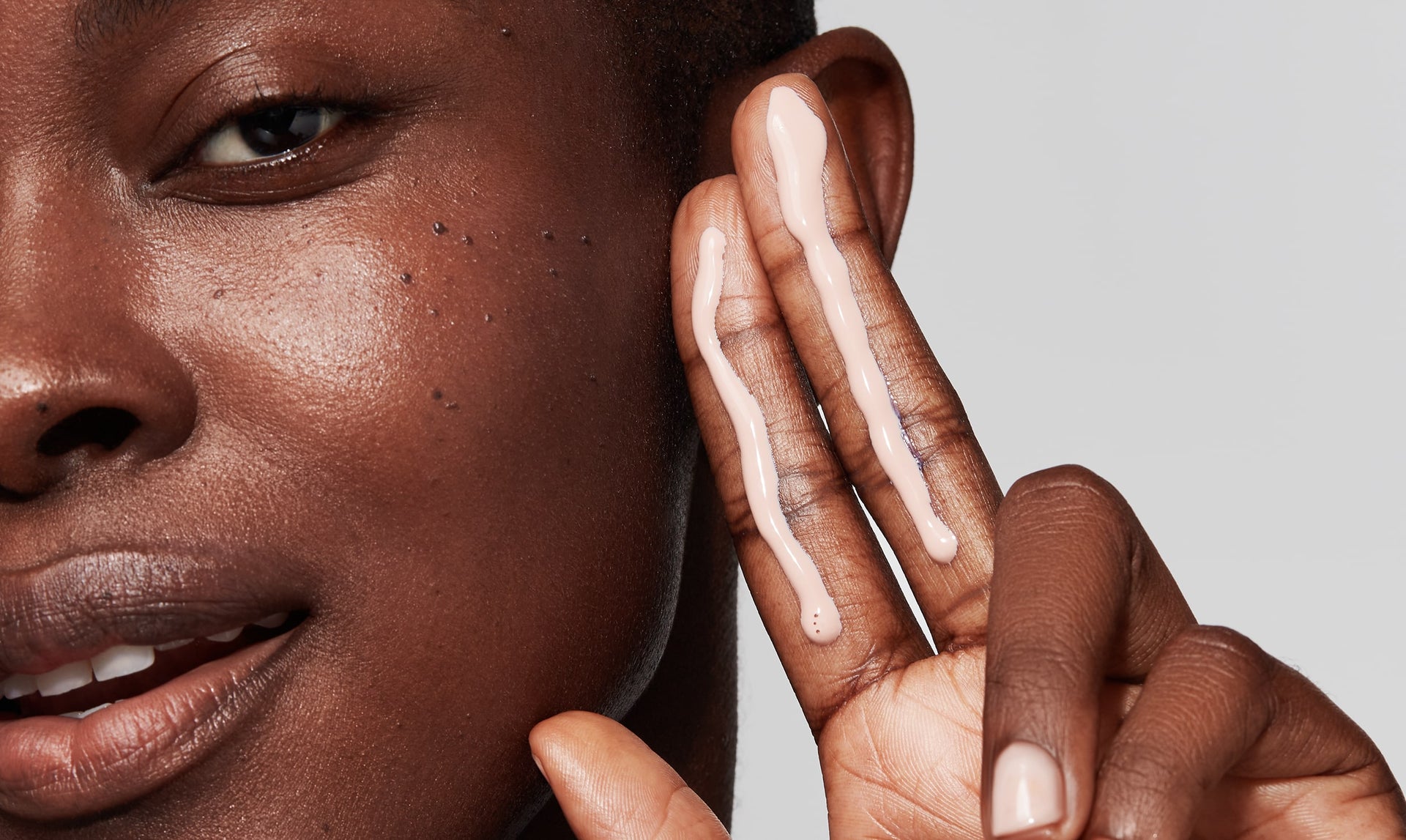For skincare mavens and fans of spotless blue skies, there’s at least one silver lining to an overcast day: skipping the SPF stage of your skincare routine…right?
As it turns out, cloudy weather won’t let you off the hook when it comes to applying sunscreen. Though many people believe that clouds buffer the sun, UV rays can still make their way through the atmosphere and lead to sunburns or photodamage if we don’t protect our skin.
Fortunately, keeping up with your skin’s daily dose of SPF doesn’t have to be a chore. With the guidance from our Skin Health Experts, let’s learn why our skin still gets sunburned while the sun is in stealth mode, and how to keep yours safe and glowing, no matter the forecast.
What Are UV Rays?
UV rays are waves of electromagnetic radiation that come from the sun or artificial light sources like tanning beds—but they don’t interact with skin when light hits you directly.
During the day, UV rays travel through and suffuse the atmosphere wherever there’s daylight. On cloudy or rainy days, UV rays reflect off of the atmospheric conditions and still cause damage to your skin cells. Aside from sun burns, another form of skin damage from UV exposure includes photoaging (more commonly known as sun damage), which can enhance the visibility of wrinkles, redness, and hyperpigmentation. Basically, UV rays speed up the things we’re actively trying to prevent!
Where Are UV Rays Encountered?
So, can you get sunburned on cloudy days? Yes—and there are several other environments that UV rays can penetrate more readily than you might think. After all, you still get sun exposure on cloudy days even though it's mild. If you forget to apply sunscreen in the morning, try our DELIKATE® Recovery Cream to instantly soothe stressed skin overnight.
Check out some common situations in which you should always apply sunscreen to avoid short- and long-term photodamage.
#1 Weather Reflection
Even on those gloomy, rainy afternoons, UV light can still ricochet off weather conditions and penetrate the skin’s barrier.
Some weather or environmental features that can expedite UV rays’ route to your skin include:
- Rain droplets
- Clouds
- Sandy shores
- Snow mounds
- Pools and bodies of water
#2 Through Windows
Whether you like to leave your windows open or closed on sunny days, keeping your skin protected during daylight hours means wearing sunscreen even while indoors.
This is because certain types of UV rays, like UVA rays, can pierce through glass windows. UVA rays are partly responsible for premature aging, wrinkles, and skin cancer.
To that end, be sure to prepare your skin with SPF if you plan on:
- Driving your car
- Relaxing in your living room
- Working in a window-filled office
- Enjoying time in a greenhouse
#3 At Higher Altitudes
Long-term exposure to UV rays can have profoundly negative impacts on our skin and overall health. Higher-altitude locales, like mountainous landscapes, are linked to higher rates of skin cancer. This is because there are fewer physical or atmospheric barriers between your skin and the UV rays at these levels.
Some of the highest-altitude locations in the U.S. are:
- Denali, Alaska
- Mount Whitney, California
- Mount Elbert, Colorado
- Mount Rainier, Washington
- Mauna Kea, Hawaii
With this in mind, be sure to check the local altitudes if you’re planning a rugged trek or vacation to one of these travel destinations.
#4 Closer to the Equator
Being closer to the equator is known to increase the strength of UV rays. Near the equator, UV rays have a shorter distance to travel to reach your delicate skin cells. As a result, these areas pose a higher risk of sun damage.
Look out for strong UV rays when visiting the following regions:
- São Tomé and Príncipe
- Gabon
- Republic of the Congo
- Uganda
- Kenya
- Somalia
- Maldives
- Indonesia
- Kiribati
- Ecuador
- Colombia
- Brazil
How To Protect Your Skin with Sunscreen
Enjoying sunshine is elemental to our mental and physical well-being, which makes sunscreen our best shield against sun damage.
To enlist SPF into your skincare routine like a pro, here are 4 Skin Health Expert-approved tips for choosing, applying, and boosting the protective benefits of sunscreen:
- Buy SPF 30 or higher – SPF 30 or above will give you adequate protection against harmful UVA and UVB rays emitted by the sun or artificial light sources.
- Use waterproof sunscreen – When in doubt, always reach for waterproof sunscreen. Regular sunscreen can wash away easily in the pool or with sweat (and if it’s a scorcher out there, you’ll probably be doing the latter!).
- Reapply every few hours – If you plan on swimming or spending more than a few hours in the sun, be sure to reapply SPF every 2 hours.
- Level-up your sunscreen of choice – It’s vital to apply sunscreen every day, so find one that offers more than sheer sun protection. For hydrating options that nourish your skin, look for natural UV protecting ingredients like vitamin E and zinc.
- Have a skin recovery regimen in place – Sunburns happen, so curate a product lineup that has your skin’s back when they do. Stick to gentle cleansers, cooling serums, and rich, calming recovery creams to help repair your skin’s barrier as it heals.
In case you do have sunburn, how long does sunburn last? The answer depends on its severity. But generally, they last 3 to 5 days. If you have an important upcoming event, this can feel like eternity.
Keep Your Skin Safe with Kate Somerville
So, what helps sunburn? Kate Somerville’s DELIKATE® line provides the calming solutions your skin craves for recovery and rejuvenation on your next trip. Stay prepped for sun protection hiccups, stash one in your travel bag, and take your skin to cloud nine with a soothing cleanser, cooling serum, and restorative recovery cream—no matter the forecast.
Sources:
Skin Cancer Foundation. 5 Sneaky Ways You’re Being Exposed to the Sun’s UV Rays. https://www.skincancer.org/blog/sneaky-ways-youre-being-exposed-to-the-suns-uv-rays/
World Health Organization. Radiation: Ultraviolet (UV) radiation. https://www.who.int/news-room/questions-and-answers/item/radiation-ultraviolet-(uv)
Specialists in Radiation Protection. Answer to Question #12082 Submitted to "Ask the Experts". https://hps.org/publicinformation/ate/q12082.html
American Cancer Society. Ultraviolet (UV) Radiation. https://www.cancer.org/healthy/cancer-causes/radiation-exposure/uv-radiation.html
Frontiers for Young Minds. Why is skin cancer risk elevated at higher altitudes? https://kids.frontiersin.org/articles/10.3389/frym.2022.615634
